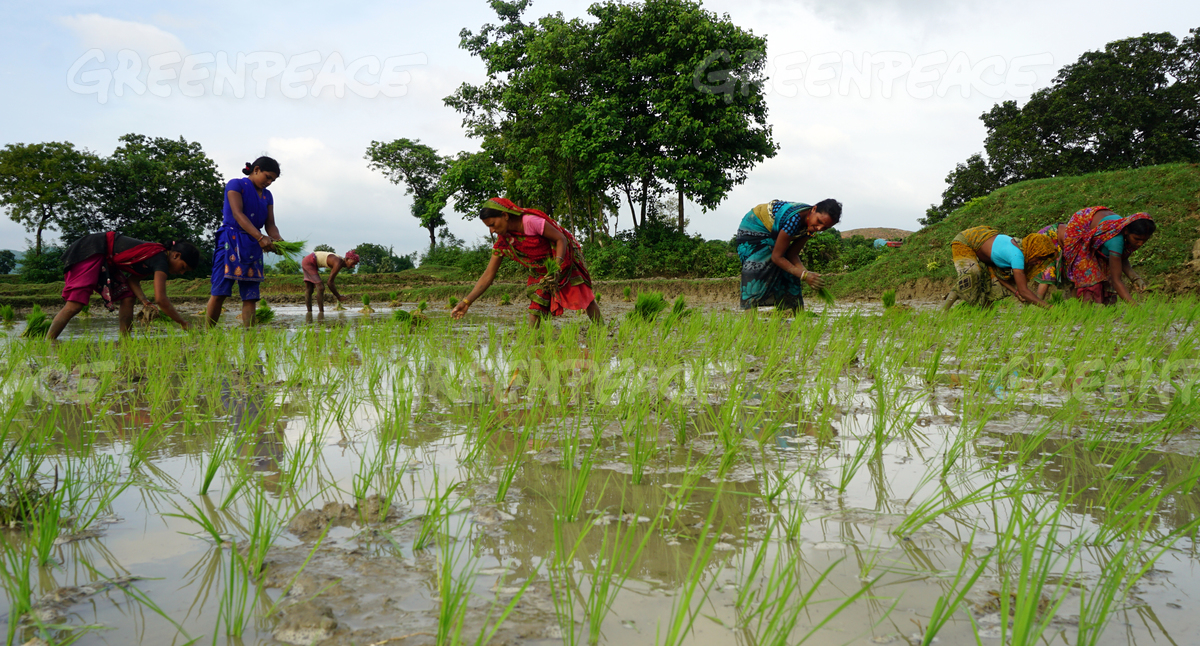Hyderabad 4th September 2018 | A Right to Information query has highlighted that out of 13 non-attainment cities (cities with air pollution levels beyond permissible limit of 60 µg/m3 across Karnataka, Tamil Nadu, Andhra Pradesh and Telangana) listed by CPCB in South India, action plans for only three cities are at ground implementation stage.
Telangana- Hyderabad- Action Plan at ground implementation stage
The Centre’s list included three cities from Telangana- Hyderabad, Nalgonda and Patancheru, out of three cities, Hyderabad and Patancheru are ready with its action plan.
Andhra Pradesh- Revision of Plans
All five non-attainment cities of Andhra Pradesh – Guntur, Kurnool, Nellore, Vijayawada, and Visakhapatnam, have been asked to revised the action plans.
The Centre has listed only 13 cities as nonattainment cities across four states in the south. However there are 36 cities spread across the four south indian states of Karnataka, Tamil Nadu, Telangana and Andhra Pradesh, where the reported annual particulate pollution levels were higher than the national ambient air quality standard.
The list of the nonattainment cities by Centre does not include a number of cities that have hazardous levels of pollution. According to Airpocalypse II, a Greenpeace India report released in 2018 January, the PM₁₀ levels in Andhra Pradesh indicates that all the 15 cities recording Air Pollution levels had higher concentrations of particulate matter than the CPCB permissible standards and all of them had at least three times more polluted air compared to the WHO annual standard for PM. In Telangana, the report found 7 cities to be polluted more than the CPCB prescribed standards.
Sunil Dahiya, Senior Campaigner, Greenpeace India questions the progress and vision for mitigating air pollution in Andhra Pradesh and Telangana: “Similar to cities of northern India, the air quality in Andhra Pradesh and Telangana is fast deteriorating. We need to act now to reduce the hazardous air pollution levels. There are about 69 million individuals including 5.1 million children under the age of five, residing in the two states, in areas where PM₁₀ levels have breached the national standards.”
Dahiya explains further: “There are five identified non-attainment cities in Andhra Pradesh, but all of them have been asked to revise their action plan by the central government. And in Telangana, out of the three non-attainment cities, only Hyderabad has a plan ready for tackling air pollution,this is alarming. Public as well as local governments should act before it’s too late. Our inaction bears a heavy price tag. With every passing day, we are putting the our health –and that of our future generations –at risk.”
India needs an immediate enforcement of the much anticipated National Clean Air Programme, which will be addressing air pollution, both at regional as well as national levels. As per the draft NCAP released in April for comments, City-level and regional action plans will play a crucial role in mitigating air pollution. “Formulation of these these action plans with a time-bound targets for reducing pollution is the need of the hour. Soon after monsoons, pollution levels are likely to increase. This problem can only be avoided if a concrete action plans are implemented before that,” concludes Dahiya.




Discussion
Report is good, but should have been more clarity. There should be proper guidance to the people to get alerted and to avoid hazardous situations for some extent. More have been put to prepare the report.